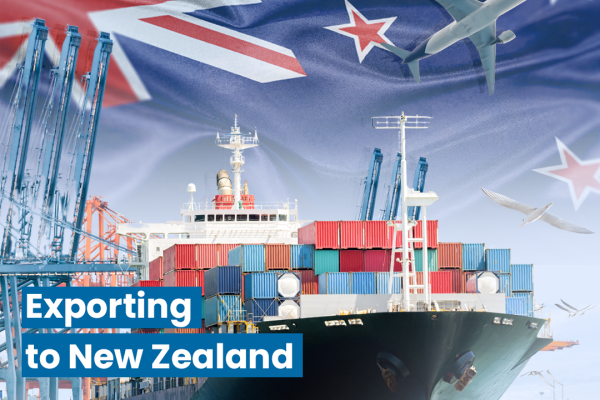Whether consigning goods by air or sea from Australia to New Zealand, it is important to keep a sharp eye on freight rates, to make sure they are in proportion to such a short-haul route.
Exporting goods to New Zealand also requires keen observance of regulations, especially when it comes to biosecurity compliance and providing all necessary documentation.
Australia’s balance of goods and services was a surplus of $30.2b in 2024. An interesting trade snapshot can be seen from February 2025, when Australia exported AUD 686M and imported AUD 686M from New Zealand, resulting in a neat zero balance.
The main finished products exported from Australia were electronics and electrical equipment, machinery, medical apparatus, vehicles, and pharmaceutical items. There is also a range of primary produce sent across the Tasman, such as dairy goods, vegetables, various fruits and nut food preparations.
The Australia-New Zealand Closer Economic Relations Trade Agreement (ANZCERTA) forms the foundation of a broader economic and trade relationship, and facilitates trade between the two countries.
This free trade deal simplifies business, but exporters must still comply with rules of origin as well as customs and quarantine formalities. New Zealand has strict biosecurity regulations to prevent the introduction of pests and diseases. Goods must be inspected and verified by the Ministry of Primary Industries (MPI).
Australia and New Zealand have a strong economic relationship, with the two countries’ relationship being referred to as Trans-Tasman relations. In addition to ANZCERTA, both countries are also members of the World Trade Organisation (WTO).
On top of this, Australia and New Zealand entered into the ASEAN-Australia-New Zealand Free Trade Agreement (AANZFTA) in 2009 with countries of the Association of South-East Asian Nations (ASEAN) – the ultimate goal being the liberalisation of trade in goods, services and investments between all countries in the region. Both Australia and New Zealand are committed to the Single Economic Market (SEM) agenda.
It is estimated that around 670,000 New Zealand citizens live in Australia (close to 15% of NZ’s population), while there are around 75,000 Australians in New Zealand. This means there are continual shipments of household removals between the two countries, as well as commercial cargo generated by business people who migrate across the Tasman.
A major benefit available under ANZCERTA includes harmonised food standards through the Australia New Zealand Food Authority (ANZFA) Agreement, struck in 1995, which has meant lower compliance costs and less red tape.
There are no tariffs on most goods – but make sure that, when exporting, you have a valid Certificate of Origin declaring where your goods were made. Colless Young can assist you to organise a valid Certificate of Origin prior to export, so that you can take advantage of duty-free trade under the Agreement.
Following the trading tensions with China in recent years, there may also be more opportunities to export to New Zealand than before. It was recently reported, for example, that exports of Australian Vintage wine have been particularly strong to countries such as New Zealand after falling reliance on China for exports.
Shipping to New Zealand requires close attention to freight and handling, as well as biosecurity regulations. Minimise the risk of extra costs and unwanted delays by engaging a professional freight forwarder such as Colless Young to handle all the complexities of your shipment. Talk to Andrew, Tel: +61 7 3890 0800 email enq@collessyoung.com.au.

